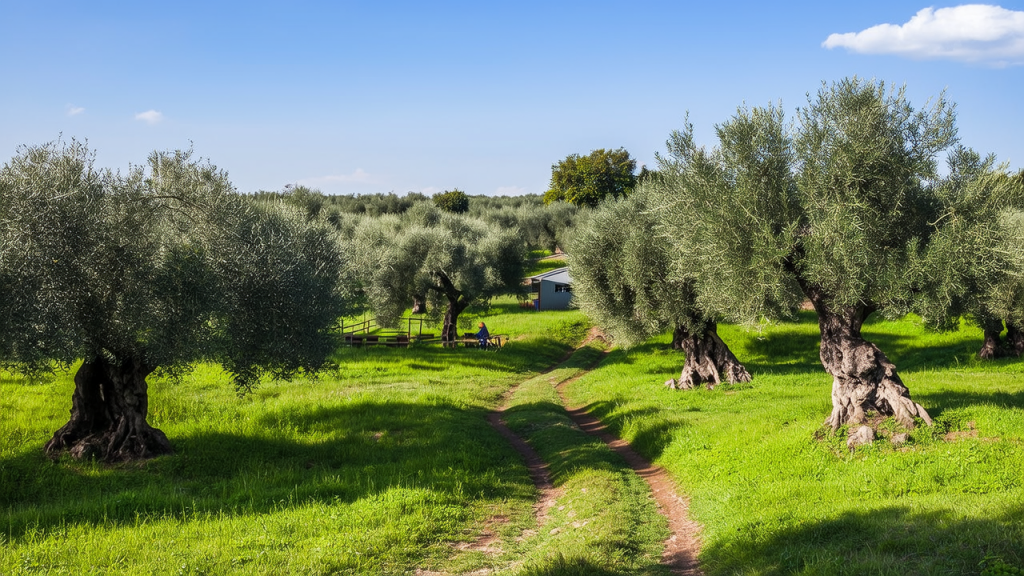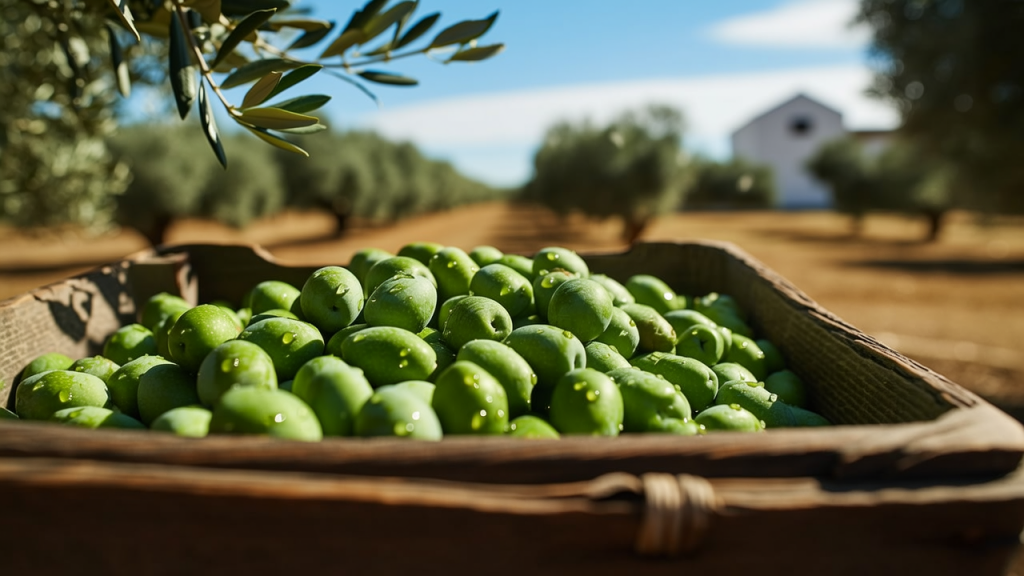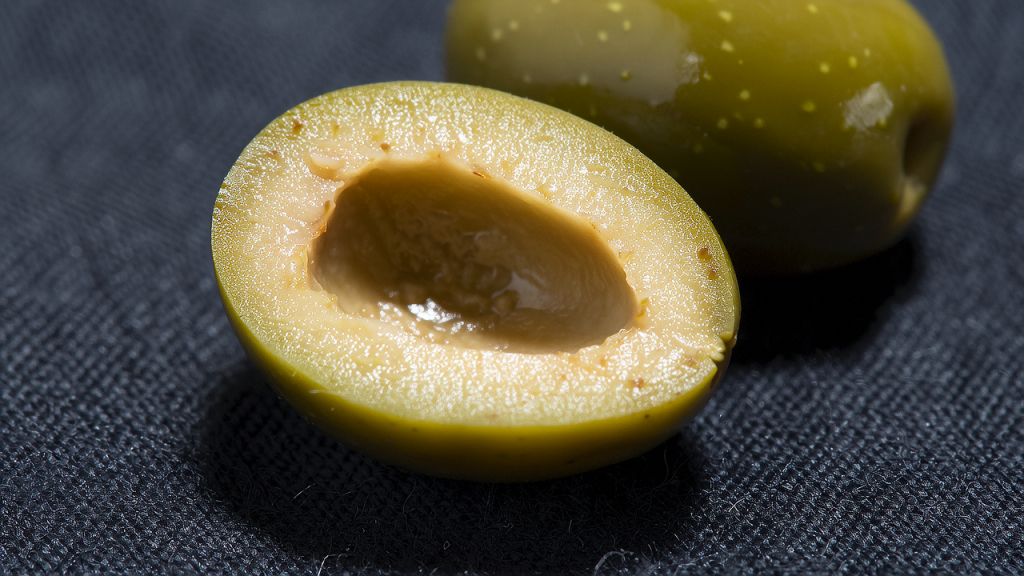Olive High Yield Guide
Optimization plan for olive Cultivation in the Mediterranean and North Africa And precise fertilization plan
(Based on the integration of professional literature and field research)
(Olive High Yield Guide) – Olive farming presents unique challenges that require specialized knowledge to overcome. According to research from the International Olive Council, proper cultivation techniques can increase yields by 30-45% while improving oil quality. This comprehensive guide combines the latest scientific research with practical field solutions for commercial growers.
NO.1: Critical Challenges in Olive Production
1. Soil and Water Requirements
Olives thrive in specific conditions:
- 75% of commercial groves experience drainage issues (University of California Agriculture)
- pH imbalance affects nutrient uptake in 60% of cases
2. Nutrient Management
Key deficiencies affecting production:
- Nitrogen deficiency reduces yields by 40-60%
- Boron shortage leads to poor fruit set in 50% of orchards
3. Climate Stress Factors
- Drought during flowering causes 50-80% yield loss
- Excessive humidity increases disease pressure by 300%
NO.2: Precision Fertilization Program
1. Soil Preparation
- Apply 2 tons/ha compost (use our compost activator for local production)
- Incorporate humic acid granules (400kg/ha) to improve soil structure
- Test soil and adjust pH to 6.0-7.5 range
2. Vegetative Growth Stage
- 21-21-21+TE water-soluble fertilizer (250kg/ha) promotes tree development
- Fish protein liquid (120L/ha) enhances root growth by 40%
- Foliar amino acid blend improves drought resistance
3. Flowering and Fruit Set
- 10-40-10+TE increases flowering by 35% (Spanish Olive Research)
- MKP foliar spray (0-52-34) at 3kg/ha boosts fruit retention
- Calcium application prevents 90% of fruit drop
NO.3: Integrated Pest Management
1. Disease Prevention
- Trichoderma biofertilizer reduces fungal diseases by 70%
- Proper pruning decreases disease pressure by 50%
2. Insect Control
- Neem oil rotation manages 85% of olive fruit fly populations
- Kaolin clay applications prevent 75% of scale insect damage
NO.4: Cost-Benefit Analysis of Production Systems
| System | Cost ($/ha) | Yield (kg/ha) | ROI (Years) |
|---|---|---|---|
| Conventional | $3,500 | 5,000 | 1:2.1 |
| Improved Nutrition | $4,200 | 7,500 | 1:3.9 |
| Premium Program | $5,000 | 9,000 | 1:5.3 |
Data from FAO Olive Production Guide
NO.5: Global Success Case Studies
1. Italian Commercial Grove
- Challenge: Low yields (4,500kg/ha) and pest damage
- Solution:
- Compost activator + 30-10-10 soil program
- Microbial inoculants for soil health
- Result: 8,200kg/ha (+82%) with premium oil quality
2. Tunisian Large-Scale Operation
- Innovation: Humic acid granules + drip irrigation
- Outcome:40% water savings with 25% higher yields
For commercial-grade inputs: www.fertilizertrelfey.com/shop
If you are interested in this article, or have any questions that need to be answered, You can find us at any time through the chat icon in the lower right corner of the webpage. Of course, you can also check out our other social media (such as LinkedIn) to learn more about us.

The number of pods per plant increased by 35%, the compliance rate of husk thickness exceeded 90%, and the yield per ha steadily exceeded 1200 kg.;

The canopy of the cocoa orchard with the customized formula is thick and uniform, the disease resistance of the leaves is increased by 40%, and the incidence of anthrax is reduced by 60%;

A single grain of cocoa beans gained 18% in weight, the content of flavanol, the core flavor substance, reached 8.5%, and the fermentation potential rating was upgraded to AA.
